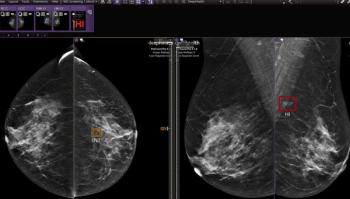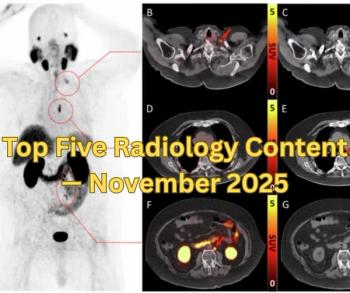
Delayed-Phase MRI Accurate in Evaluating Residual Breast Tumor Size
Lobular or HER2–negative cancers are underestimated in size at MRI compared with ductal or other subtypes.
Delayed-phase magnetic resonance imaging provides better accuracy when evaluating residual breast tumor size after neoadjuvant chemotherapy (NAC) than early-phase MRI, according to a study published in the journal
Researchers from Korea performed a retrospective study to investigate how accurate dynamic contrast material–enhanced (DCE) breast MRI was for determining residual tumor size after NAC.
The study included 487 consecutive women, mean age, 47.0 years, who underwent preoperative DCE MRI following NAC and subsequent surgeries between 2008 and 2011.
Related article:
The researchers measured tumor size at 90 seconds after contrast material injection (early-phase), 360 seconds after (conventional delayed-phase), and 590 seconds after (late delayed-phase MRI). Total invasive and in situ tumor size were recorded.
The results showed that compared with tumor size at histopathologic examination, total tumor sizes showed higher agreement at conventional delayed-phase MRI than at early-phase
Lobular histologic features and tumor subtype were independently associated with greater size discrepancy. The researchers found that when compared with ductal cancers, lobular cancers were underestimated in size. Estrogen receptor–positive/human epidermal growth factor receptor 2 (HER2)-negative cancers were also underestimated compared with HER2-positive cancers and triple-negative cancers:
The researchers concluded that using delayed-phase MRI provided more accuracy than early-phase MRI when evaluating residual breast tumor size after neoadjuvant chemotherapy.
Newsletter
Stay at the forefront of radiology with the Diagnostic Imaging newsletter, delivering the latest news, clinical insights, and imaging advancements for today’s radiologists.



























